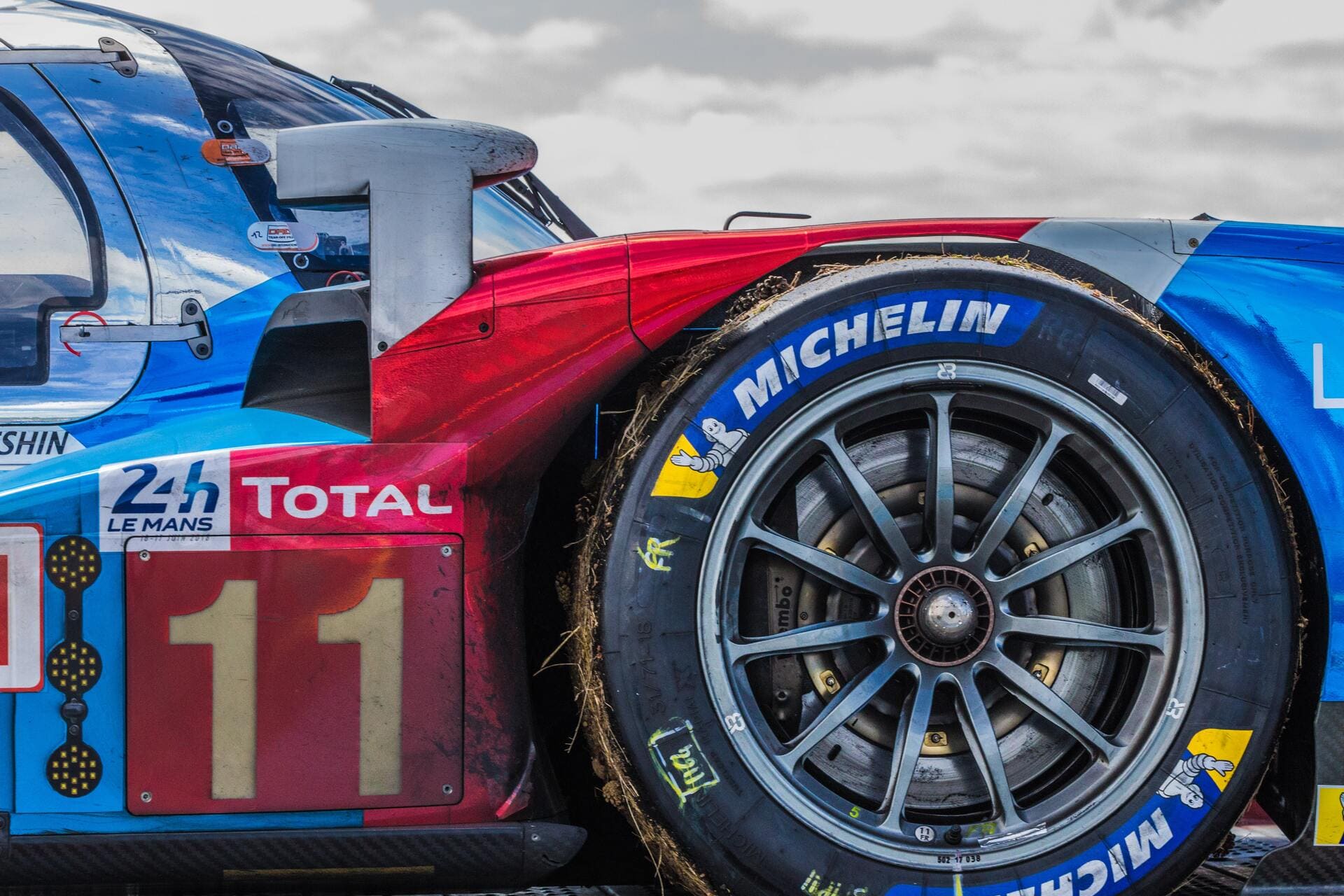The rule is simple: the car which covers the greatest distance in 24 hours is the winner. This is what the 24 Hours of Le Mans race is all about. Organized by the Automobile Club de l’Ouest (ACO), this race attracts more than 250,000 racing car enthusiasts and cheerful spectators to the town of Le Mans, France.
Unlike races with a fixed distance, 24 Hours of Le Mans is the ultimate test in endurance, both for man and machine. It is intended to test the durability of materials and perfectly showcases the innovative machine-building technologies. Unlike fixed-distance races that are aimed at determining the fastest car, 24 Hours of Le Mans looks for the sturdiest and the most reliable cars that can run for a long time without mechanical failure. Thus, this biggest race in endurance encourages manufacturers to create sporty, yet dependable and fuel-efficient vehicles, able to pass prolonged tenacity tests. During 24 hours, drivers have to balance the demand for speed with the car’s mechanical capacity, while spending as little time as possible in pits. It is no easy task, so only the most proficient and experienced racing drivers are approved to participate in the competition. But a speedy car and a superior driver are not all that it takes. To succeed in that endurance test, the whole crew of drivers and mechanics have to start preparing for the race well in advance. Only by working closely as a team can they adjust the vehicle for maintaining top speed for prolonged periods and minimize the time required for technical stops.

Table of Contents
History, traditions, and rules
The 24 Hours of Le Mans often made part of the World Sportscar Championship from 1953 until the series’ end in 1992. Since 2012, it has been a part of the FIA World Endurance Championship, usually serving as the final stage of the competition.
Throughout its history, the 24 Hours of Le Mans has had different safety and competition regulations due to its length and endurance requirements. In order to promote durability and efficiency, it has been required that the vehicle should refill essential fluids, such as oil and coolant, only after one hour into the race. Cars that failed to satisfy this requirement probably wouldn’t be able to complete a 24-hour stress test and risked disqualification.
Another unique rule is that cars have to switch off completely during refueling. This applies in order to ensure that a car can restart many times and further promote reliability in vehicle manufacturing.
Over almost 70 years, the 24 Hours of Le Mans has formed several traditions. For example, the French tricolor is waived to mark the start of the race, which is usually followed by jets flying over with trails of blue, white, and red.

Historical trivia: the 24 Hours of Le Mans had the first televised instance of the winner spraying champagne instead of drinking it – Dan Gurney did so after winning the 1967 race.
The route
Circuit de la Sarthe near the town of Le Mans serves as the route for the 24 Hours of Le Mans. It is a 13.626-kilometer route, 9 kilometers of which are on public roads, and 4.5 kilometers are on the Bugatti circuit.
The race is held in June, and the weather is usually hot – even more so for drivers in closed cars with little to no ventilation. Rain is another common challenge.
Race & speed
So, does the racing driver steer non-stop for 24 hours? Of course not – even well-trained athletes can’t do that. There are three drivers that share each vehicle and change at specific moments – this is one of the race’s rules.
Drivers go all out on the circuit with an average speed of 207 km/h. For the better part of the route, they go on full acceleration, reaching over 300 km/h several times during each lap. The highest speed ever reached during the 24 Hours of Le Mans was the formidable 405 km/h. At such speeds, keeping the momentum and choosing the right time to turn or brake is extremely tricky.
What about the results? Well, competitors often go over 5,000 km. The record is 2010’s 5,410 km – this is about 18 times longer than a Formula One Grand Prix.
This year, the race will take place on 11-12 June, 2022. Marked as an anniversary, it will be the 90th edition of 24 Hours of Le Mans. Since it is a big racing event, we advise buying tickets and booking accommodation in advance – the organizers make up a list of recommended accommodation and eating spots, check it out on the official website.


